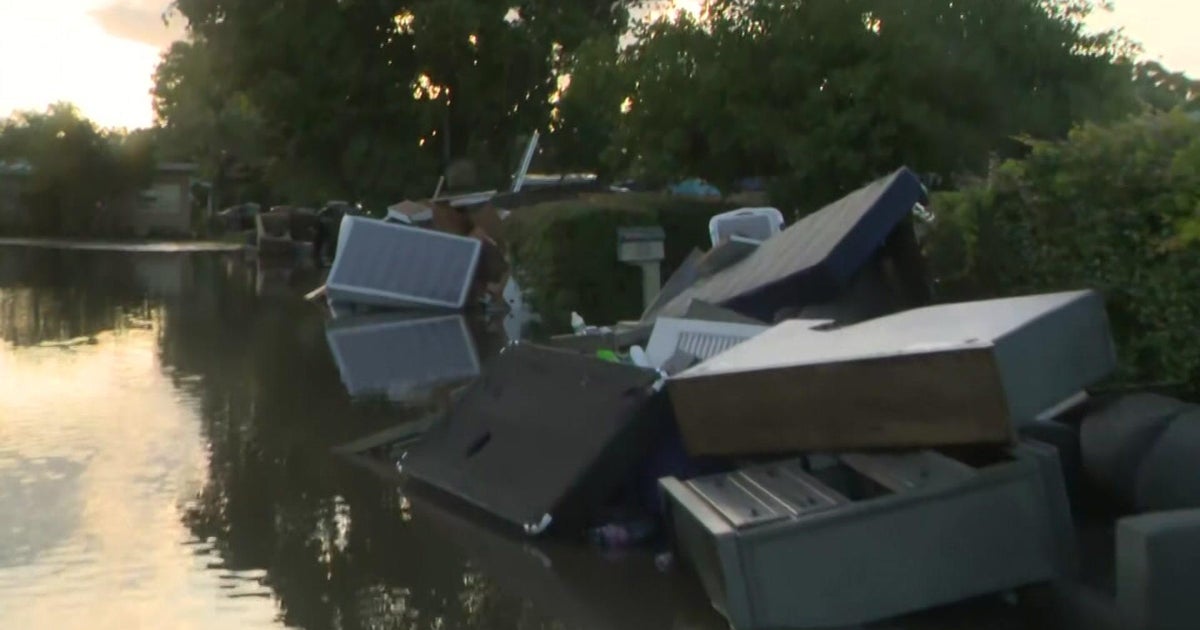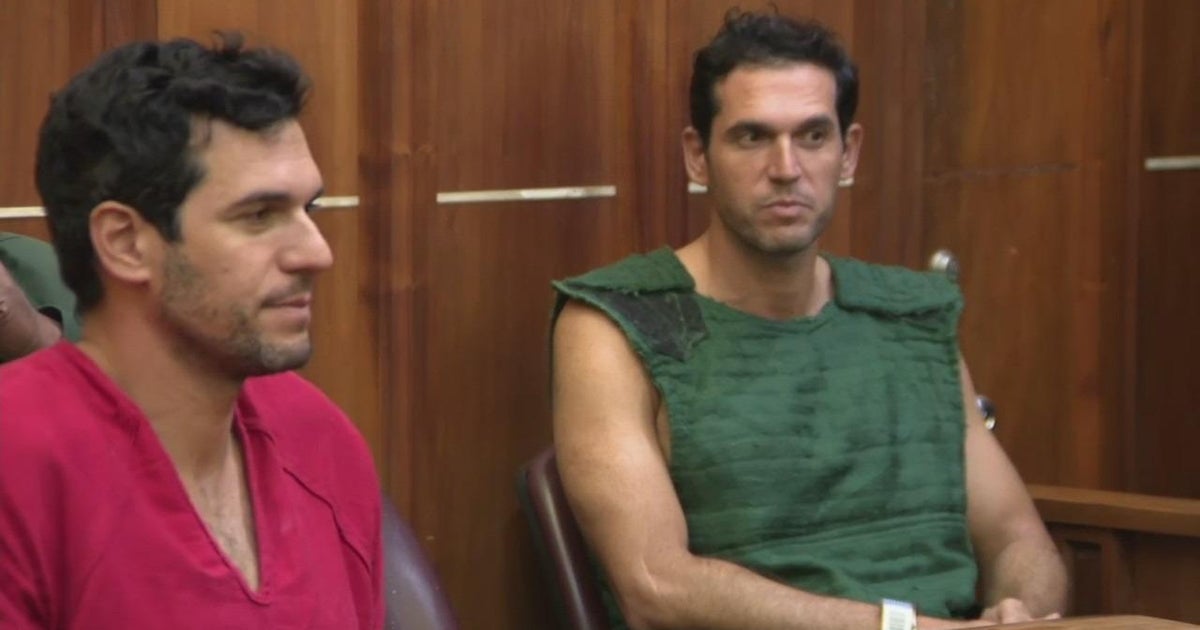Historic Mission As SpaceX, NASA Launch New Era In Human Spaceflight
CAPE CANAVERAL (CBSMiami/CNN) – A SpaceX spacecraft carrying four astronauts soared into outer space from Cape Canaveral on Sunday evening.
It's the first fully operational mission for the Crew Dragon spacecraft.
NASA astronauts Michael Hopkins, Victor Glover, Shannon Walker, and Soichi Noguchi, an astronaut with Japan's space agency, will spend six months on the International Space Station.
The SpaceX Crew Dragon capsule is expected to dock with the ISS on Monday at 11 pm ET. That means the crew will spend 27 hours in orbit as the spacecraft slowly maneuvers toward its destination.
The original launch day of October 31 was pushed back to allow extra time for hardware testing.
Then strong winds from Eta forced launch officials on Saturday to delay takeoff to Sunday evening.
The capsule has a working restroom, and the astronauts will have time to get some sleep as the fully autonomous vehicle maneuvers through orbit while SpaceX and NASA officials in Houston, Texas, and Hawthorne, California, watch over the journey.
This is a landmark mission for NASA and the company because it is the first fully operational crewed mission for SpaceX, following up a test mission in May that carried NASA astronauts Douglas Hurley and Robert Behnken, both test pilots, to the space station.
But this mission is not a test: SpaceX's Crew Dragon was officially certified as a spacecraft worthy of carrying people last week, paving the way for it to begin making the trip relatively routine, carrying astronauts from a variety of backgrounds.
MORE FROM CBSMIAMI.COM
Record Number Of Invasive Pythons Removed From Florida Everglades
In A League Of Her Own, Miami Marlins Hire First Female General Manager & Make History
Miami Man Dies After Parachute Fails To Open While Skydiving
On this mission, for example, both Walker and Noguchi have backgrounds in physics. The Crew-1 team is slated to conduct all sorts of experiments during their six-month stay on the ISS, including research into how microgravity affects human heart tissue. They'll also attempt to grow radishes in space to build on studies designed to figure out how food might be grown to sustain deep-space exploration missions.
Sunday's mission had been briefly thrown into question after SpaceX CEO Elon Musk revealed on Twitter that he was experiencing symptoms and was being tested for Covid-19, prompting NASA to carry out a contact tracing effort to ensure no essential personnel for the launch might have been exposed.
Officials said that effort was completed by Friday night, and they had no cause for concern. Musk said on Saturday that he "most likely" had a "moderate case of covid."
The United States spent nearly a decade without the ability to launch astronauts into space after the retirement of the Space Shuttle program in 2011, and NASA was forced to rely on Russian Soyuz spacecraft to get astronauts to the ISS, which the space agency says left the multibillion-dollar orbiting laboratory understaffed. As many as 13 astronauts were on board at one time in 2009. That number has occasionally dropped to as low as three on several occasions, which leaves fewer people to help run experiments and help keep the space station well maintained. With this launch, it will grow to seven.
SpaceX developed the Crew Dragon capsule under NASA's Commercial Crew Program, which, for the first time in the space agency's history, handed over much of the design, development and testing of new human-rated spacecraft to the private sector. NASA awarded SpaceX and Boeing fixed-price contracts worth $2.6 billion and $4.2 billion, respectively, to get the job done. Development of Boeing's Starliner spacecraft is still delayed because of major software issues detected during a test mission last year, but officials say that vehicle could be in operation next year.
Because these vehicles will technically be owned by SpaceX and Boeing, with NASA serving as a customer that buys missions for astronauts, the companies will also be able to use their vehicles to fly tourists, private researchers or anyone else who can afford a $50 million-plus ticket.
That decision wasn't without controversy, particularly in the Commercial Crew Program's early days. But Crew Dragon's success could be seen as a huge win for folks at NASA who hope to rely more extensively on that contracting style to help accomplish the space agency's goals.
(©2020 CBS Broadcasting Inc. All Rights Reserved. Cable News Network, Inc., a Time Warner Company, contributed to this report.)




